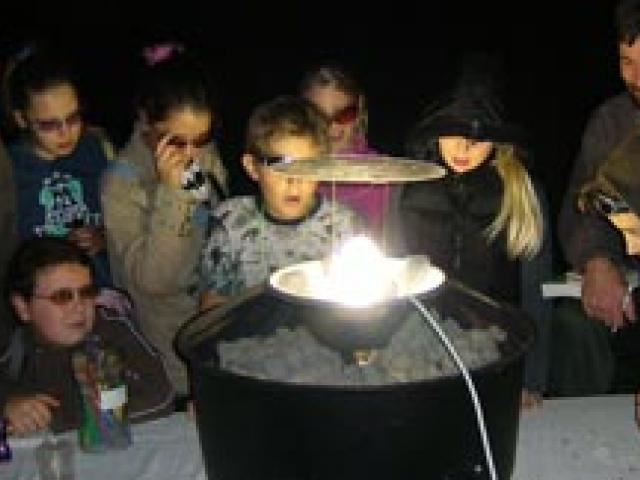

Most moth recorders use moth traps (which use light to attract moths) and these are certainly the most effective way to see a wide range of species.
However, there are alternative and cheaper ways to find moths and these are described in the Moth Recorder's Handbook. The basic equipment recommended for starting moth recording is:
- a moth trap that runs from the mains or from a battery
- cardboard egg boxes or similar, to provide shelter inside the trap
- a moth identification guide
- pots for examining moths
Moth Traps
There are three basic kinds of moth traps (Robinson trap, Skinner trap and Heath trap), although there is a growing range available. Which you use is a balance between using a trap which attracts and retains high numbers of moths, but is costly and bulky, against one which attracts fewer moths, which is not a bad thing for a beginner, but is cheaper and more portable. Bear in mind that you may be able to borrow a moth trap (or make one) and an identification guide, at least for a short time, so it is worth checking with your County Moth Recorder, local moth group or local Branch of Butterfly Conservation.
For garden trapping, there is the issue of nuisance to consider. Some moth-trap bulbs generate a lot of light, others e.g. actinic bulbs (a fluorescent tube producing actinic light) give off little visible light and therefore, are much less likely to annoy your neighbours. There are also the economic and environmental costs of running your moth trap to bear in mind. Higher wattage bulbs may attract more moths, but they also use more electricity.
More information about moth traps.
Moth traps are available from the following:

